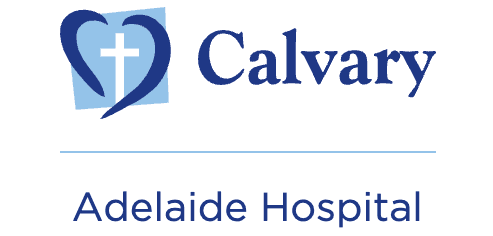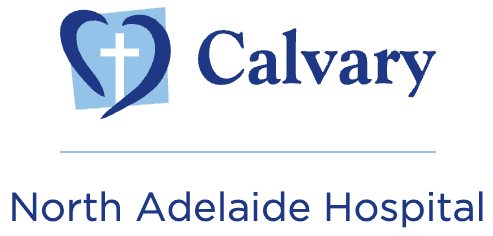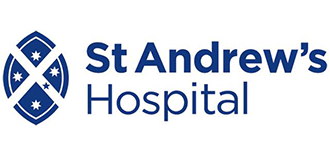Services
The specialist services provided by Norwood Gastroenterology aim to diagnose, manage or treat a wide variety of gastrointestinal (GI) conditions. With every patient we ensure a high standard of care, placing emphasis on confidentiality, patient safety and meeting every individual’s needs.
General Gastroenterology
General Hepatology
Colonoscopy
Endoscopy
ERCP
Endoscopic Ultrasound
Endoscopic Resection of Gastrointestinal Luminal Tumours
Palliative Endoluminal Stenting
Balloon Assisted Enteroscopy
Capsule Endoscopy
An overview of the gastrointestinal system
The gastrointestinal system involves the oesophagus, stomach, small bowel, large bowel (colon), pancreas and liver. In short the system are the tubes connecting the mouth to the anus, essential for digestion, with important organs such as the liver and pancreas connected by a further network of tubes (or ducts).
From head down , food goes down the oesophagus, also known as the gullet, down to the stomach. The stomach in turn starts the digestion of food and from there the food travels through the three areas of the small bowel where nutrients are absorbed: the duodenum, the jejunum and the ileum – in that order. The ileum (the final part of the small bowel) is connected to the colon which is also divided into the ascending, transverse, descending, sigmoid parts , before the final stop for undigested food the rectum and anus.
The liver, gallbladder and pancreas are connected to the small bowel through a series of ducts and hence are also part of the gastrointestinal system. The liver is an essential organ which metabolises, synthesise proteins and aids in digestion. The gallbladder acts as a storage organ for bile produced by the liver. The pancreas is also essential not only in digestion by producing enzymes but also as an endocrine organ, which helps regulate sugar levels in the body. These three organs are attached to the small intestine via the cystic, bile and pancreatic ducts.




